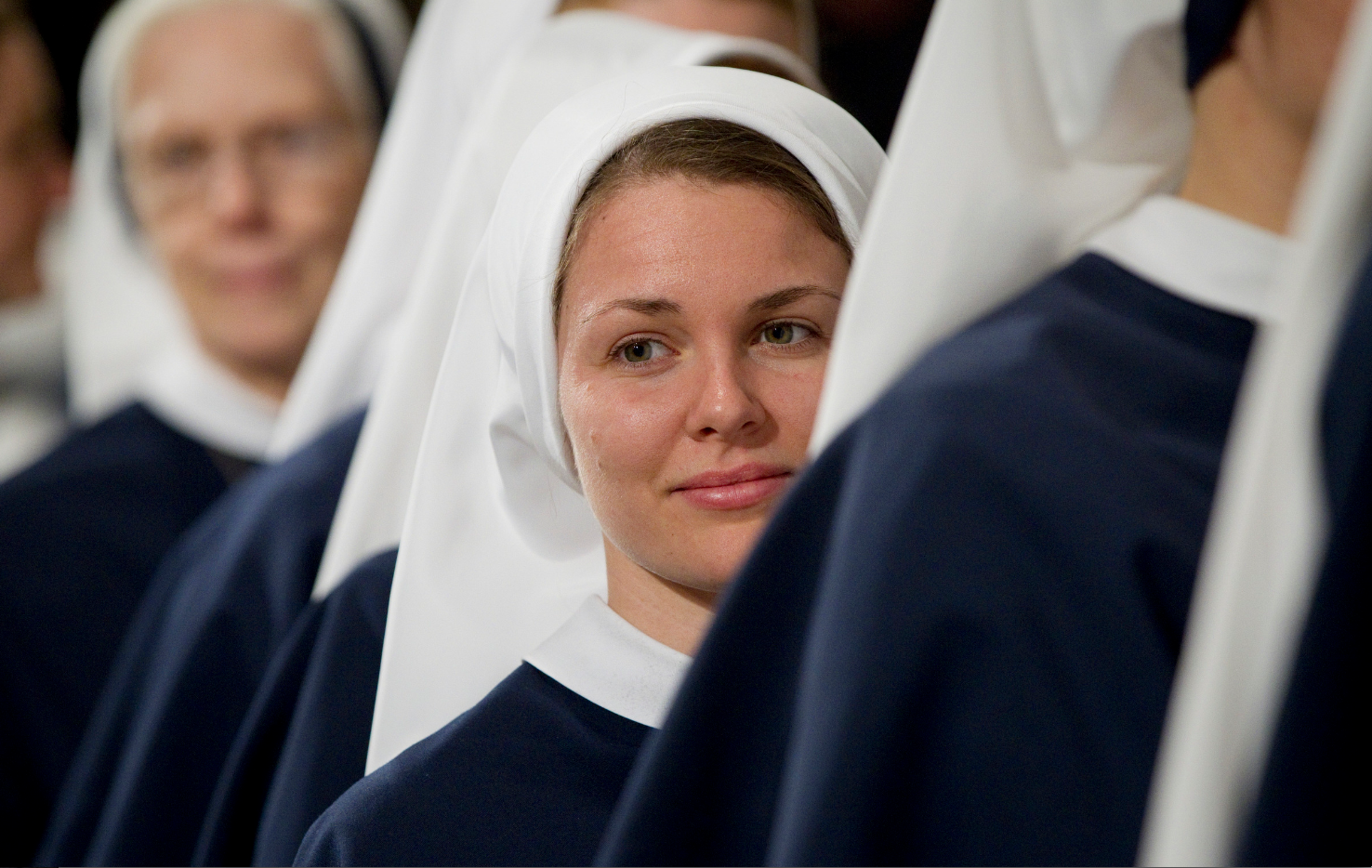Cloisters
Well-known member
From the Catholic Herald out of the UK:

 catholicherald.co.uk
catholicherald.co.uk
Traditional, in this sense, doesn’t mean the TLM, or more properly, the Old Roman Rite.
Blessings,
Mrs Cloisters OP
Lay Dominican
http://cloisters.tripod.com/
http://cloisters.tripod.com/charity/
http://cloisters.tripod.com/holyangels/id9.html/

The new Sisterhood: traditional orders are booming - Catholic Herald
The blue-and-white clad Sisters of the Community of Our Lady of Walsingham have recently acquired a new novitiate, a converted barn in Dereham, Norfolk, on a large stretch of land with another barn which they are turning into extra rooms for their youth work. The community is not large, but it’s...
 catholicherald.co.uk
catholicherald.co.uk
Traditional, in this sense, doesn’t mean the TLM, or more properly, the Old Roman Rite.
Blessings,
Mrs Cloisters OP
Lay Dominican
http://cloisters.tripod.com/
http://cloisters.tripod.com/charity/
http://cloisters.tripod.com/holyangels/id9.html/
